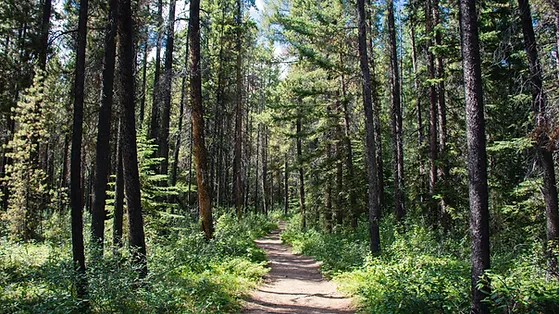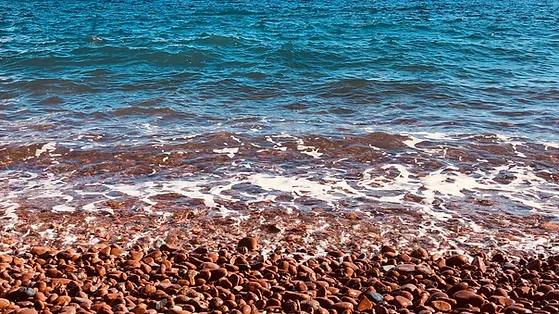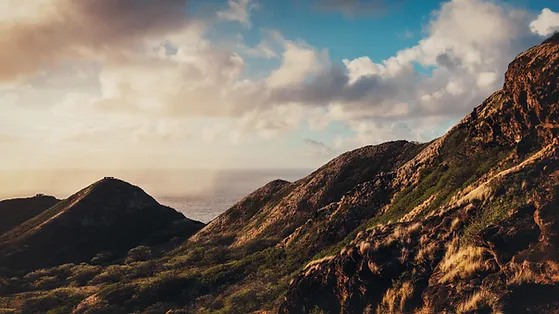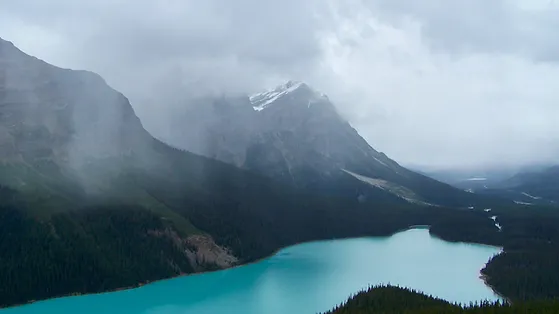The Indian Act and Residential Schools
Summary
This module is directed to non-Indigenous individuals who wish to learn more about Indigenous history but may not know where to begin. The opportunity to learn an accurate story of Indigenous peoples is denied in some educational institions when “Canadian” history is taught in a way that directly or subvertly supports colonial narratives. Most schools choose to feature Indigenous history solely as it relates to the development of what is currently known as Canada, with Québec still having no mandatory content on Indigenous history. This set of ALC modules will attempt to recenter the Indigenous experience as we relearn, and re-examine, the narratives we were taught through our history classes or conversations with others. This module will focus specifically on the Indian Act and residential schools, and more will come that centre the lived experiences of Indigenous peoples in what is currently Canada.
The Indian Act
You may find the full text of the Indian Act here.
Brief Overview
-
Read An Introduction to the Indian Act – UBC Arts Foundation (10 min)
-
Watch Legal Fictions of the Indian Act on YouTube (9 min)
-
Read the article: 21 Things You May Not Have Known About The Indian Act (5 min)
-
Where do we go from here? Decolonizing the Indian Act (10 min)
What are your 2-3 major takeaways after learning about the Indian Act? What do you think of the Canadian Government creating and enforcing these rules on people? We encourage you to write them down to keep a track of your learning as you progress through this module.
Digging Deeper
Health and Gender Effects of the Indian Act
-
- The effects of the Indian Act on the healthcare system: Caught at the Crossroad: First Nations, Health Care, and the Legacy of the Indian Act 1 (20 min)
- Read more on the Indian Act: 21 Things You May Not Know About the Indian Act (a book by Bob Joseph which expands on the above article of the same name. Bob is an initiated member of the Hamatsa Society, and has inherited a chief’s seat in the Gayaxala (Thunderbird) clan, the first clan of the Gwawa’enuxw one of the 18 tribes that make up the Kwakwaka’wakw. ) You can use the library app, Libby, to borrow a copy of this book from your local library, or choose to purchase it from your local bookstore.
- For specific effects of the Indian Act on women and how it changed women’s status within Indigenous communities, read The Indian Act & Aboriginal Women’s Empowerment: What Frontline Workers Need to Know.
- Note: some of the sections on how status is conferred is slightly outdated, given that this was published in 2009. See the implementation of Bill S-3. However, broadly speaking it provides a historical overview of how the position of women in society changed after the introduction of the Indian Act.
- Reflect on a few ways the Indian Act affects the everyday lives of Indigenous peoples that you may not have known about before. How does this build on your takeaways in the previous section?
Residential Schools
Brief Overview
CONTENT WARNING about “We Were Children”. This movie is emotionally heavy and it is recommended that you watch with a friend or a family member. There are mentions of emotional, physical and sexual abuse, involving Indigenous children in Residential schools.
-
Watch the movie ‘We Were Children’ (1.5 hours) available on Prime Video or for rent for $2.95 here
-
“No Justice for Canada’s First Peoples” By Thomas King, The New York Times, 2015
CONTENT WARNING for the TRC report. This is an emotionally heavy text that provides in-depth descriptions of racism towards Indigenous children and graphic descriptions of the abuse faced by children at these schools.
-
Skim pages 71-129 of the Truth and Reconciliation Commission’s Executive Summary report. This section details the school experience of children, including what they learned, their work, who they could marry, and more. (20 min): Plain text version or PDF version
-
Read the 94 Calls to Action published by the TRC (15 min), which list out demands for the Canadian government by Indigenous peoples to fix historical injustices done by the Canadian government.
What are at least 3 actions you can take in your own life and circles of influence that work towards promoting the calls to action set forth by the Truth and Reconciliation Report?
Digging Deeper
Intergenerational Trauma
-
Read a report written in 1922 about the state of Indigenous health at residential schools and more broadly on reserves: An Appeal for Justice to the Indians of Canada (15 min)
-
Read “Call Me Indian: From the Trauma of Residential School to Becoming the NHL’s First Treaty Indigenous Player” by Fred Sasakamoose. You can borrow this from your local library (either through the library app Libby or a physical copy) or buy a copy from your local bookstore.
-
Review the intergenerational effects of residential schools:
-
How residential school trauma of previous generations continues to tear through Indigenous families (10 min)
An important part of learning this knowledge is the ability and determination to bring it into conversations with non-Indegenous people, to b. Write down how you would respond to each misconception after having engaged with these resources:
- ‘Residential schools are ancient history’
- ‘Why can’t Indigenous peoples just leave the reserve?
- ‘Indigenous peoples in Canada are already given a significant amount of government support’





